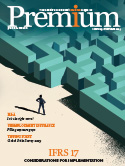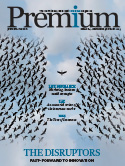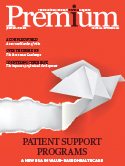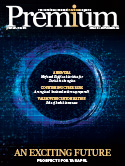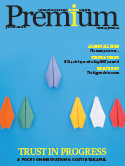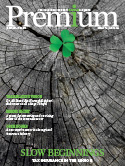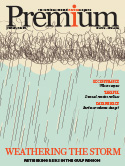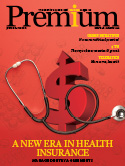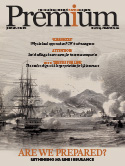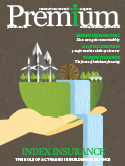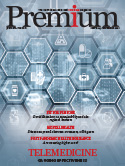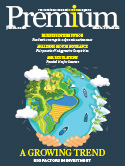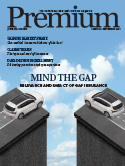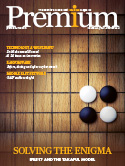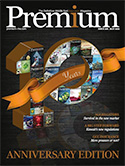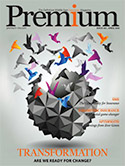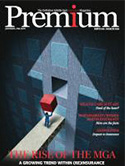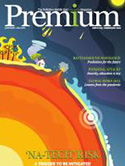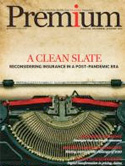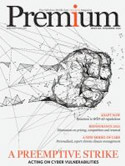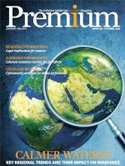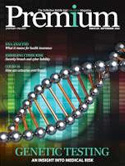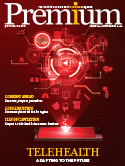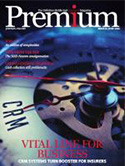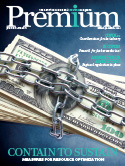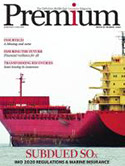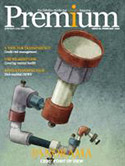Insurers resilient: BMA
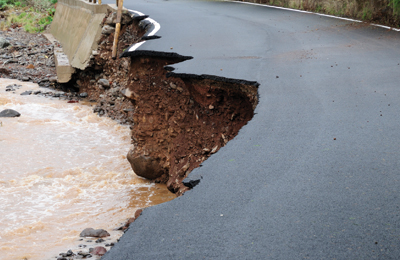
During 2015 Bermuda domiciled insurers utilised a range of reinsurance solutions to insulate themselves from catastrophe events, with the level of reinsurance dependent on the peril, according to a new report from the Bermuda Monetary Authority (BMA).
The BMA has released its first ever ‘Catastrophe Risk in Bermuda’ report, which analyses the Bermudian re/insurance industry’s resilience to catastrophe risks in 2015, and which is expected to become an annual publication.
The BMA used aggregated and non-aggregated data from the Bermuda Capital and Solvency Return (CSR) filings of Class 3B and Class 4 insurers, for the period ended December 31st, 2015, to generate the report.
A section of the report explores the use of reinsurance protection among Bermuda insurers, seeking to understand how much companies rely on reinsurance and other loss mitigation tools for different perils and exposures.
The results show that the level of reinsurance protection utilised varies depending on the peril, with perils that have the potential to incur the most significant losses, being more heavily reinsured than others.
“While the percentage of the aggregate loss impact ceded seems to imply a significant market wide reliance on reinsurance, on average insurers ceded only 36 percent of their loss impact,” says the BMA.
Interestingly, the BMA report also notes that during 2015 insurers utilised a varied and diversified set of reinsurance instruments, from both the traditional and alternative reinsurance sector. This includes industry loss warranties (ILW’s), insurance-linked securities (ILS) and other reinsurance agreements, such as quota share contracts.
Looking at the use of reinsurance arrangements utilised by the base of Bermudian insurers over the last five years, the BMA claims that the use of ILW contracts has fallen from 25 percent in 2012 to six percent in 2015. From 2012 to 2014 the use of property catastrophe contracts gradually declined, however, the BMA notes a sharp increase in 2014 to 2015, growing from 28 percent to 41 percent, respectively.








